"Sweet lines” is often the first thing out of the mouth of classic-boat aficionados having a first look at an Abaco dinghy. It’s no wonder legend has it that this traditional Bahamian workboat had a role in inspiring Capt. Nat Herreshoff’s famous 12 1/2 daysailer. Dinghy owners call them little jewels and will lavish hundreds of hours and many thousands of dollars on full restorations.During the mid-20th century, yachtsmen began gravitating to the Sea of Abaco in the Bahamas. Lying between the Abaco Cays—Green Turtle, Great Guana, Scotland, Man-O-War, and Elbow—to the east and Great Abaco Island to the west, the Sea makes a sheltered cruising ground. Visitors found friendly islanders with accents like Cornish fishermen, clear blue water rife with reef fish, and good breezes. They also found a vibrant wooden boat building industry on Man-O-War Cay and in Hope Town on Elbow Cay. The yachtsmen and expats proved a ready market for local workboats to be used as daysailers and racers.Nobody knows for sure when the first Abaco dinghy was built, or who built it, but the type has been around as a small fishing boat since the late 1800s. Dinghies are traditionally either 12′ or 14′ overall, with a 5′ beam and a 2′ draft. During the middle decades of the 20th century Abaco boatbuilders like Maurice Albury on Man-O-War Cay and Winer Malone at Hope Town launched hundreds of dinghies for fishing, daysailing, and racing. Some builders had government contracts to turn out dinghies to supply the Bahamian fishing fleet.
Join The Conversation
We welcome your comments about this article. To include a photo with your remarks, click Choose File below the Comment box.
Comments (3)
Comments are closed.

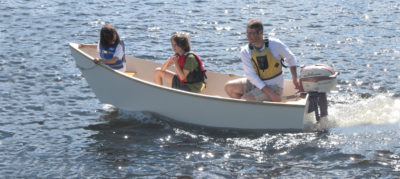
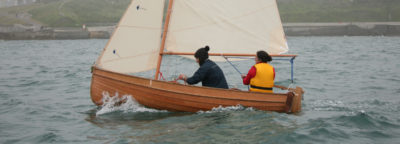
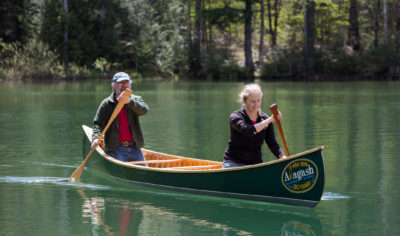
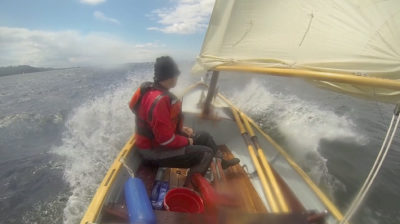
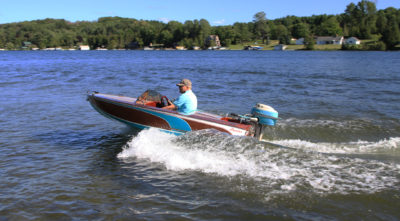
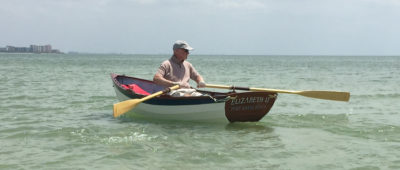
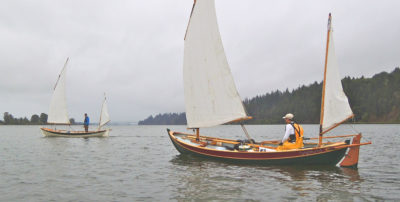
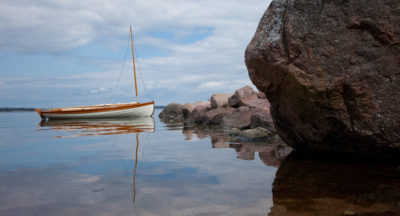
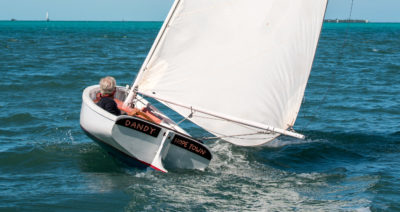

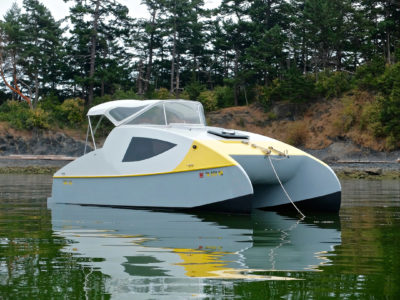

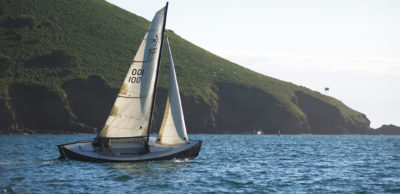
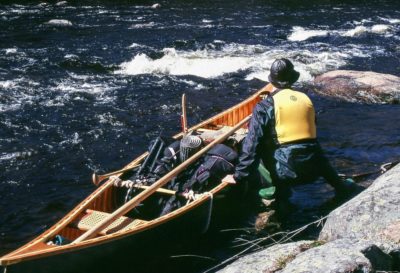

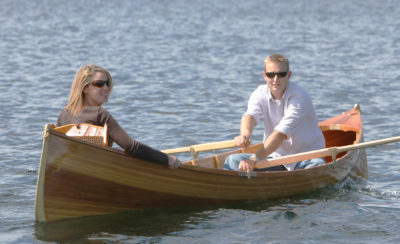
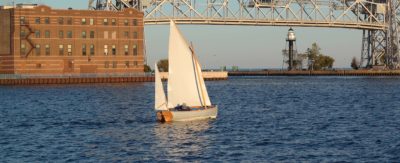

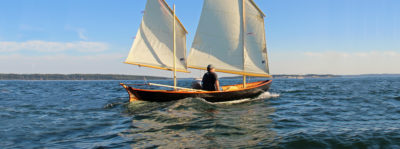
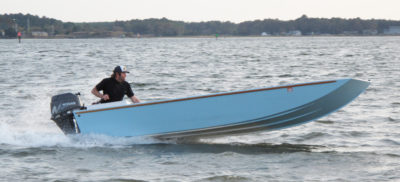
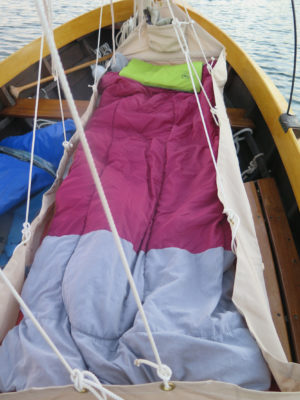
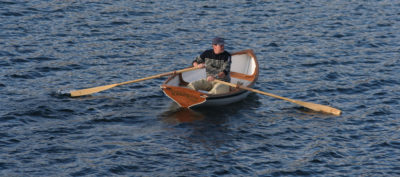
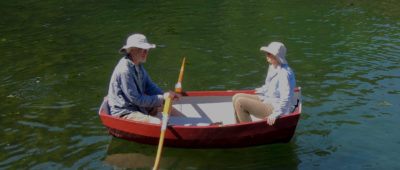
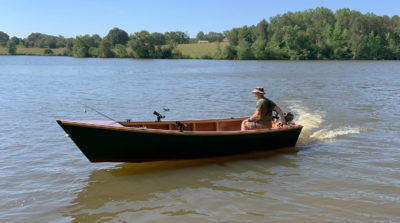

My addiction to wooden boats, and this boat in particular, began at the age of 14 on my family’s first visit to Man-O-War Cay in the late 1960s. Each day I would go down to the waterfront shop of a local boat builder and watch him work on an Abaco Dinghy. I have admired these boats ever since.
I do not remember forward decking on the Man-O-War sailing dinghies. There was a powered variant with a small one-cylinder engine that had forward, aft, and side decking, but I never saw decking on a sail dinghy. The sculling oar is a special long, heavy oar, quite unlike a rowing oar, usually as long as or longer than the boat itself.
Our family maintained a house, boat, and numerous small boats there from 1950 through about 1970, and we love to return any time. A big disappointment is the smell of fiberglass when walking down main street.
If it pointed to 45 degrees, how did it foot?